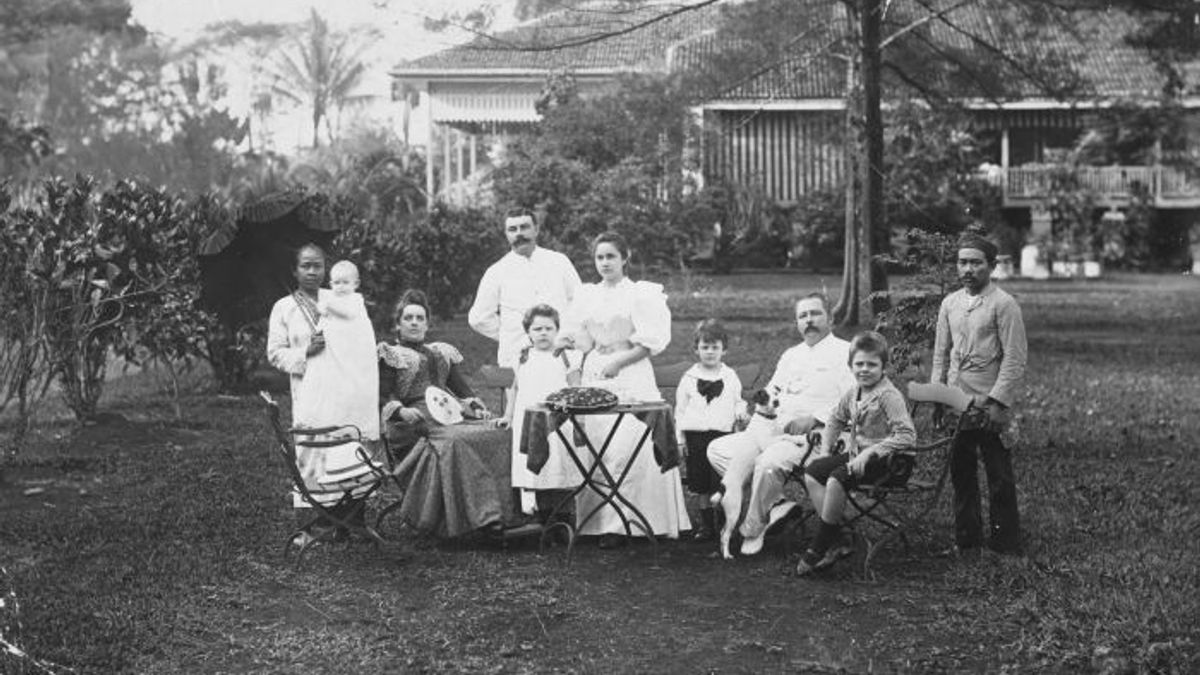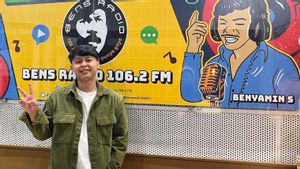JAKARTA - Slavery is one of the oldest forms of civilization on earth. Since the Sumerian civilization in Mesopotamia 3500 BC, people have been ruled by other people from higher social classes. Slavery is widespread and lasting. He touched on civilizations in Europe, Africa, America, and the archipelago on the Asian continent. This practice was carried out throughout the control of the Netherlands and its trading partnership, the Vereenigde Oostindische Compagnie (VOC).
At that time, around the 1600s, VOC activities in the archipelago were not merely building forts, headquarters and trading posts. They also practiced buying and selling people as slaves. Most of those who became slaves were imported from Asia, such as India, Sri Lanka, Malaysia, the Philippines and some from the Indonesian archipelago, from Bali, Sulawesi, to Sumatra.
Apart from Asia, VOD, which has power in the Cape of Good Hope, also often shopped at slave markets in parts of East Africa. Apart from buying, the VOC also made prisoners of war conquered people. Of course, the prisoners were later made slaves. VOC at will. They sometimes sold or used slaves for their own needs.
The control of the VOC over the lives of their slaves was seen from the start they controlled the archipelago. At that time, the VOC sent tens of thousands of people to become slaves at their headquarters and trading posts which were scattered in various parts of the archipelago.
Reggie Baay, in his writing, The Netherlands Hides the History of Slavery in Indonesia, explains, “From research, it is evident that during its existence, the VOC East Indies trading partnership, is estimated to have traded, employed and transported between 600 thousand and one million people by ship. In comparison, the total slave trade in the western region is estimated at between 500 thousand and 600 thousand people. "
A symbol of wealth
During its development, slaves were not only a tool for the upper class people. The slaves also later became a symbol of wealth that determined a person's social status in society. In other words, whoever has the most number of slaves is the most honorable one. This social situation is explained by Nicolaus de Graaff, in a book entitled Reisen van Nicolaus de Graaff, na de vier gedeeltens des werelds (1701).
De Graaf gave an example, “It was extravagant luxury and arrogance exhibited by women in Batavia-Holland, Mestizo and also mixed, especially when they went to and returned from church. For such an occasion, everything was prepared more lavishly than at other times. Furthermore, they sat among hundreds of people in the church in puppet-like fashion. "
“A Dutch woman at the lowest level had a slave accompanying her with an umbrella as protection from the sun. Many of them have parasols embroidered with golden dragons and ornamental leaves, ”he wrote.
Tavernier complemented this description in his travel notes entitled Travels in India (1889). He wrote a further description of the slave girls described by De Graaf. Apart from carrying umbrellas, slaves were also used to carry prayer books, fans, betel boxes, and basins for betel nut.

So, as a common sight at that time, when an employer left the house, he would be accompanied by five to six people. They share duties. In fact, there were so many slaves serving European masters that one could look like a queen and a king. Their slaves were made true servants, even to take a box at their own feet.
Not just nonsense orders. The consequences for slaves in serving their masters were painful. The employer will say "child prostitute, common prostitute, and puppy". Not only verbal. The slaves will also experience persecution. At that time, the most common physical punishment was being tied up, whipped, or beaten with rattan, which was sharp and jagged, so that the slave was bleeding and had his skin peeled off.
Senior journalist Alwi Shahab, in an article entitled Jakarta Kota Budak, describes the auction locations for slaves. "Currently, we still find the former place for buying and selling slaves in Kali Besar Timur, West Jakarta. Precisely at Toko Merah, an 18th century building built by Governor General Baron van Imhoff. In this place and its surroundings, an auction occurs from time to time. "
“How much a slave costs depends on her beauty for a slave girl. Meanwhile, men who are burly and strong. Among the slaves who are considered lucky are those who are made nyai. " wrote Alwi Shahab.
The English, Chinese, Japanese, Arabic, and French versions are automatically generated by the AI. So there may still be inaccuracies in translating, please always see Indonesian as our main language. (system supported by DigitalSiber.id)









